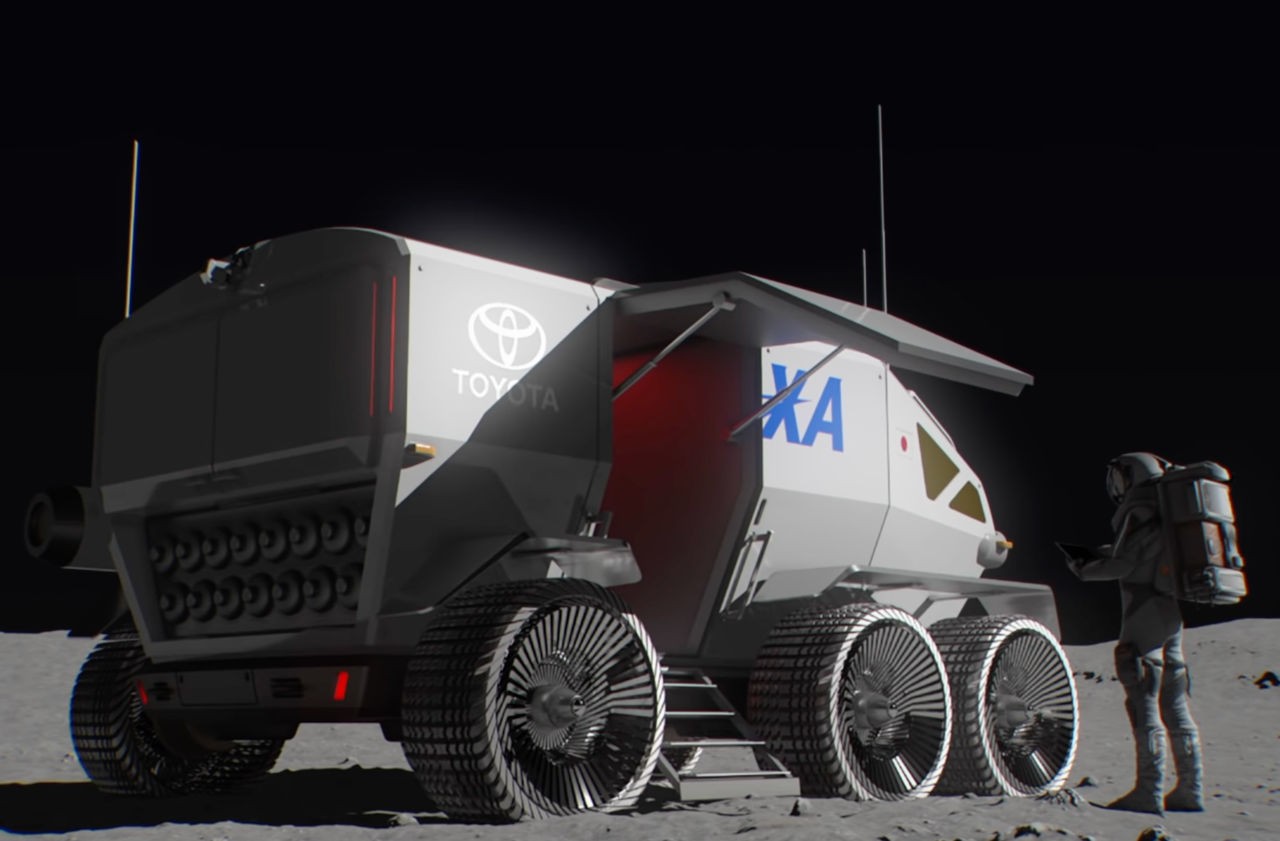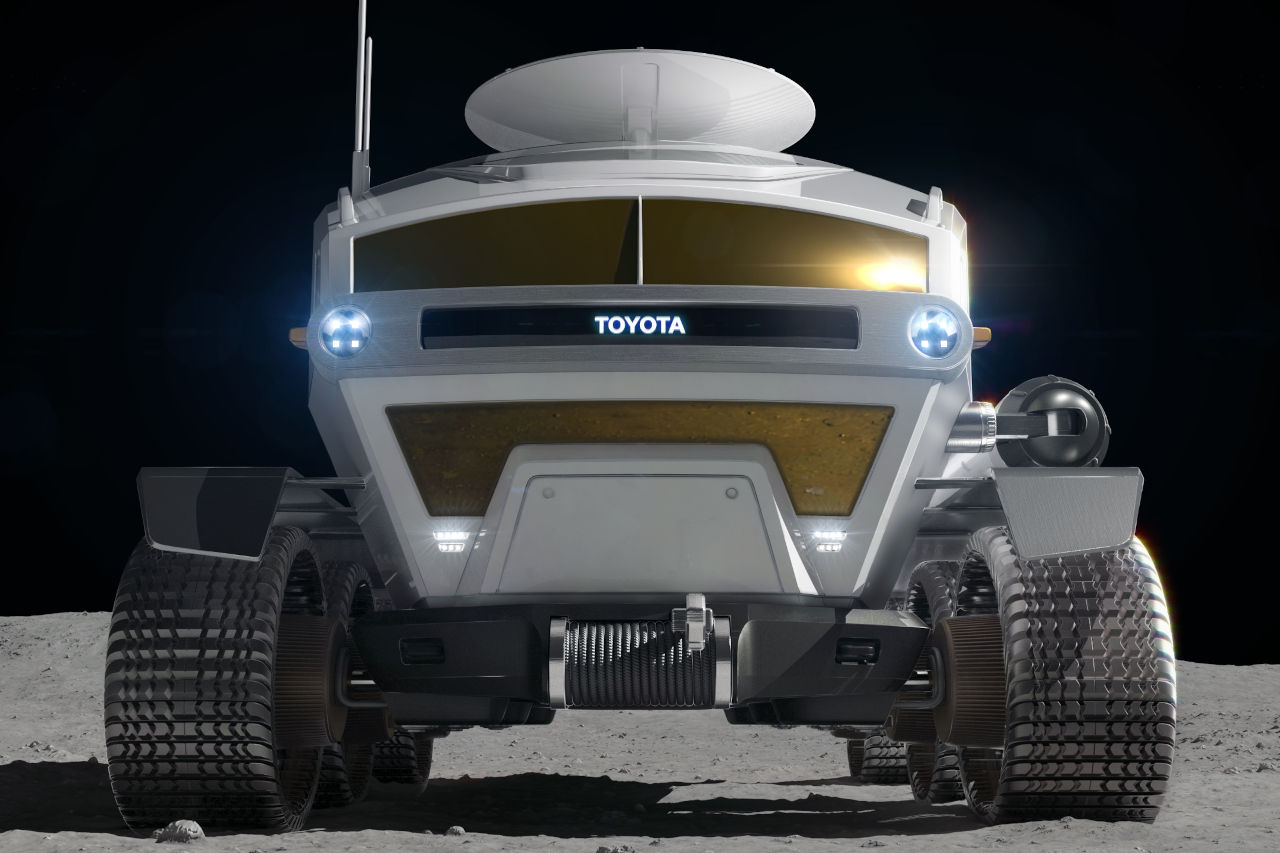NASA recently announced the final contenders for the Lunar Terrain Vehicle (LTV) contract, marking progress in lunar surface exploration. While the LTV focuses on unpressurized rovers for short missions, broader lunar exploration plans necessitate pressurized rovers for extended stays.
Toyota stands out as the sole company pursuing pressurized rover development with its Lunar Cruiser project. This hydrogen-powered vehicle, resembling two minibusses in size, offers a pressurized volume for two astronauts, expandable to four for emergencies.

Named after Toyota’s Land Cruiser, the Lunar Cruiser promises a range of 6,200 miles (nearly 10,000 km) and plays a critical role in sustaining lunar missions. A recent agreement between NASA and JAXA signifies progress in lunar exploration, with Japan contributing the rover for use by both agencies.
As the Lunar Cruiser prepares for deployment, anticipation builds for its role in advancing sustainable human exploration of the Moon. This collaborative effort underscores the shared commitment to lunar exploration and paves the way for future missions beyond Artemis.

